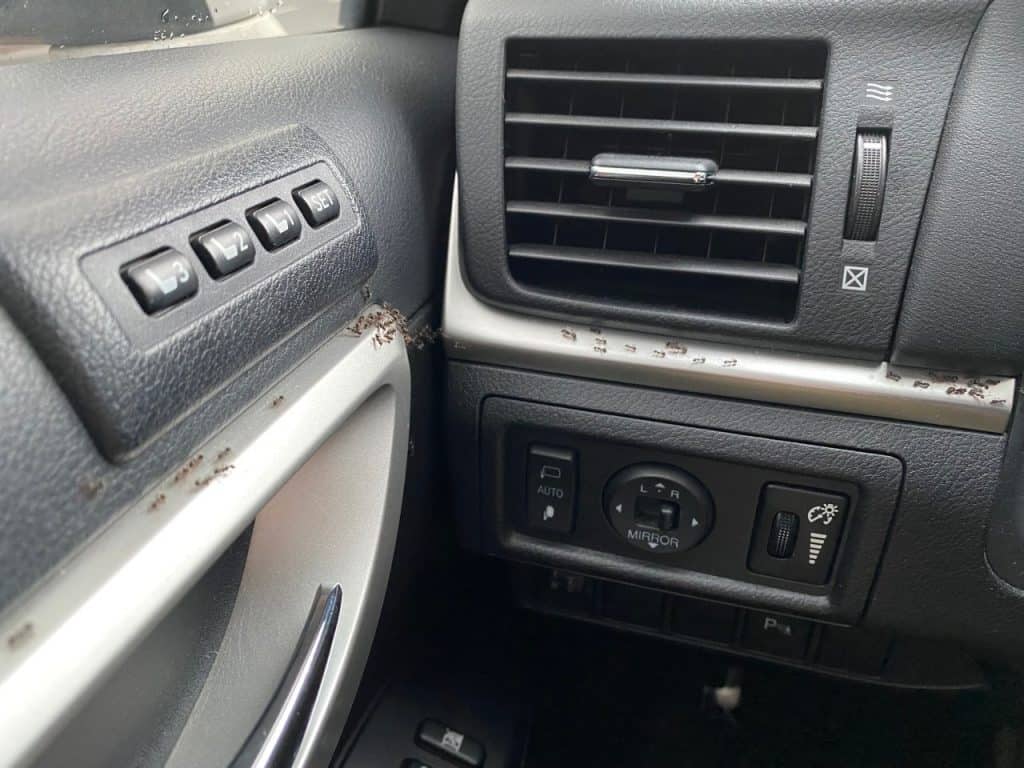Share this article
Student research project: LIDAR describes marten habitat
The elusive Pacific marten seeks shelter and food in the forests of the Sierra Nevada, where its populations are imperiled by habitat loss. Taking advantage of LIDAR, the laser-based remote sensing tool that captures the three-dimensional structure of landscapes, a student research project highlighted that the marten chooses different habitat characteristics at different scales and mapped its distribution to guide the species’ conservation.
“We use different scales to point out marten don’t perceive the landscape in one scale,” said Patrick Tweedy, who led the study for his master’s degree at Oregon State University.
Because of the Pacific marten’s (Martes caurina) low, fragmented numbers and the ecological impacts it faces from intensifying wildfire, timber harvest and climate change, the state of California designates it a species of special concern, and the U.S. Forest Service considers it a management indicator species.
The third-place winner for his student poster at the 2017 annual TWS conference in Albuquerque, New Mexico, Tweedy launched his Pacific marten research two years ago in Lassen National Forest and finished collecting data last month. His team followed over 30 radio-collared marten through multiple generations to locate and mark more than 300 of their rest structures. These trees, which constitute a critical part of their habitat, are typically big, old-growth snags where they sleep, keep warm and stay away from predators.
Extending almost a kilometer out from each rest structure, the scientists conducted a multiscale analysis of 14 habitat features integral to the marten by combining data from the literature, their own field observations and LIDAR acquired in 2013 and 2015.
“We found that at the smallest scale, marten select for dense canopy cover over rest structures,” Tweedy said. “At 270 meters, marten rely on complex multi-canopy cover, layered down, for foraging and protection from predators. Broadening farther, martens prefer high elevation areas above 1,900 meters with dense trees.”
Tweedy is finalizing marten habitat maps for the Forest Service informed by these findings, which suggest that management activities should occur beyond a 270-meter buffer around rest structures.
“With increased thinning and prescribed burning to cut down on large fires in marten habitat, we’ll give them a better idea of how to manage the landscape and retain marten at the same time,” he said.
LIDAR, which is becoming more affordable, accessible and prevalent in wildlife applications, made the sweeping multiscale project possible, Tweedy said.
“It’s more beneficial than using a ground crew of people to measure all the habitat characteristics when you have aerial data that can cover the landscape, rather than one person at a time with a tape and ruler,” he said. “Previously, research was only able to evaluate multiscale habitat selection in two or three scales, but with LIDAR, we’re able to expand across the entire landscape, the data is more interpretable and accurate and we can better answer conservation questions. It’s drastically increasing the amount of knowledge we acquire.”
Tweedy said he was pleasantly surprised by the recognition.
“It must have been the many cute pictures of marten I had,” he joked. “I had a lot of input from my committee as well as my lab. I’ve presented many posters at the Western Section conference, so the feedback I got there helped me.”
Tweedy became involved with TWS after he completed his undergraduate education at the University of Minnesota in 2009.
“I go to national conferences to present my research and get many people excited about what I’m doing,” he said. “We’re exchanging ideas. The amount of information out there and work being done is exciting. My bosses and advisors helped me make connections at these conferences that have been invaluable to my future work.”
Naturally, Tweedy plans to travel to Cleveland, Ohio, in October for the next conference.
“My poster has evolved since Albuquerque,” he said, “so I hope to give the final results from the feedback I’ve gathered and give a great presentation.”
Header Image: A Pacific marten peeks out from its rest site in northeastern California. ©Patrick Tweedy








